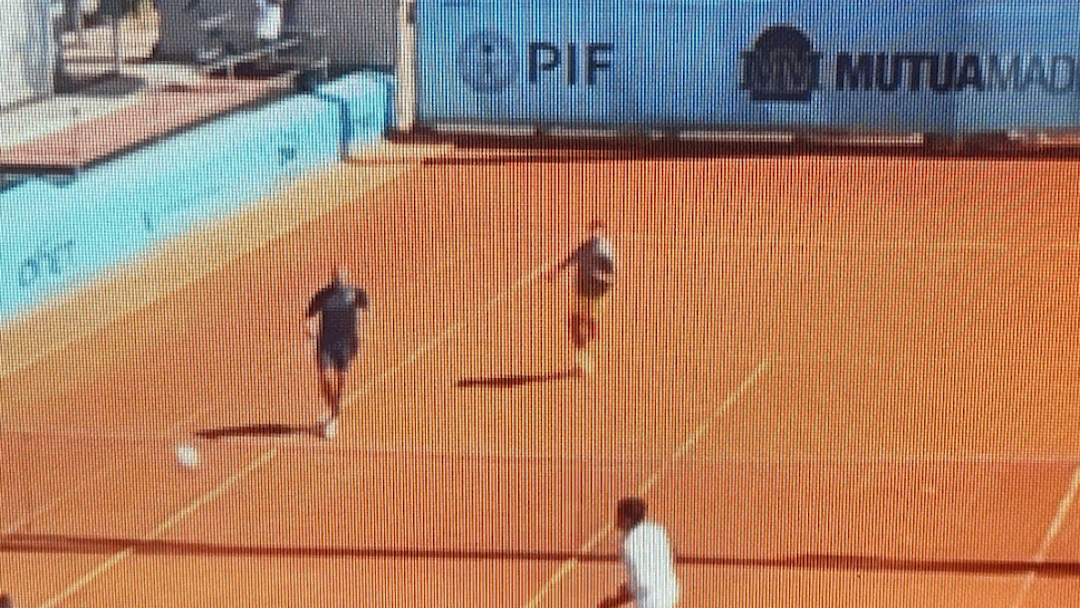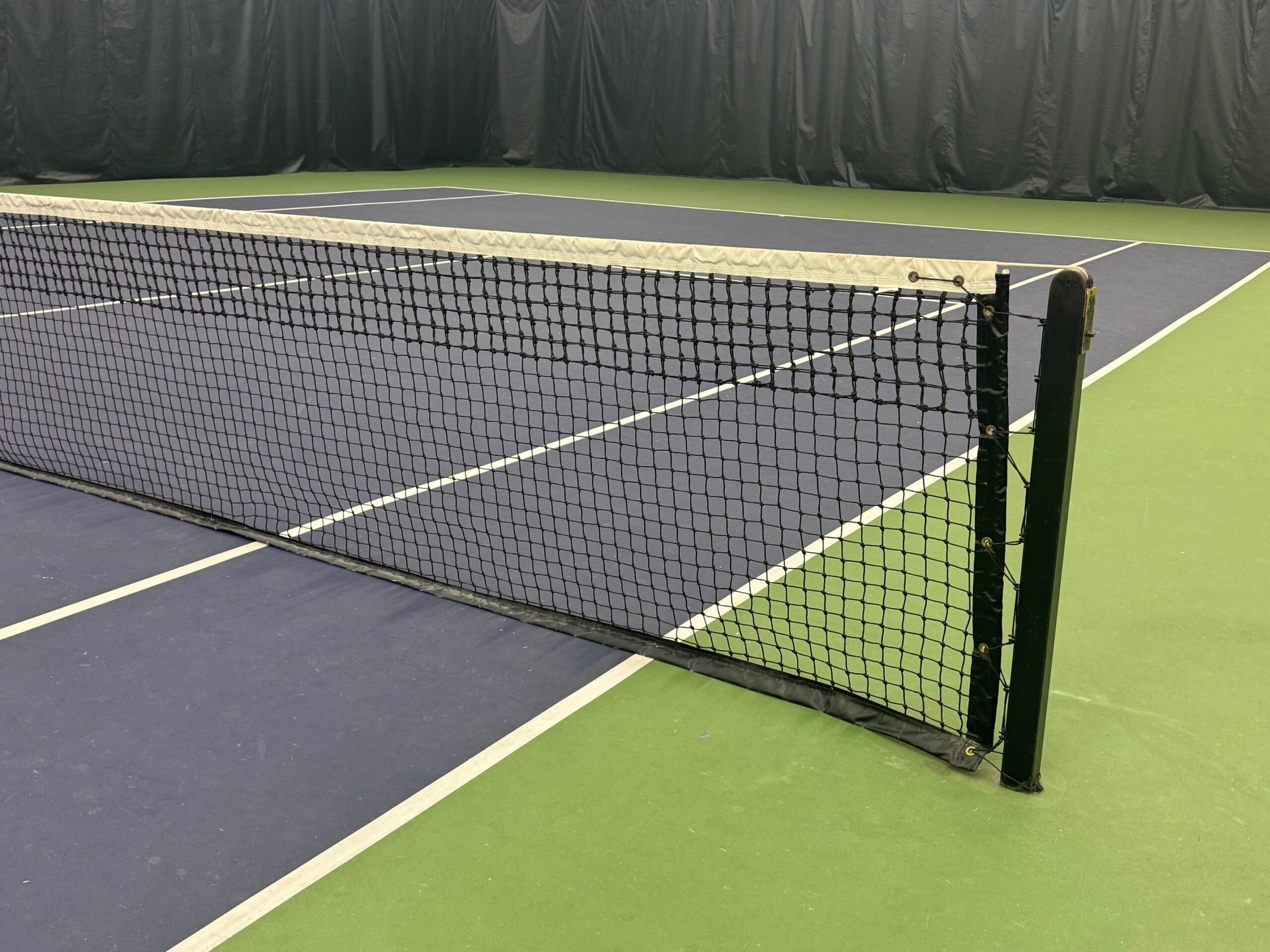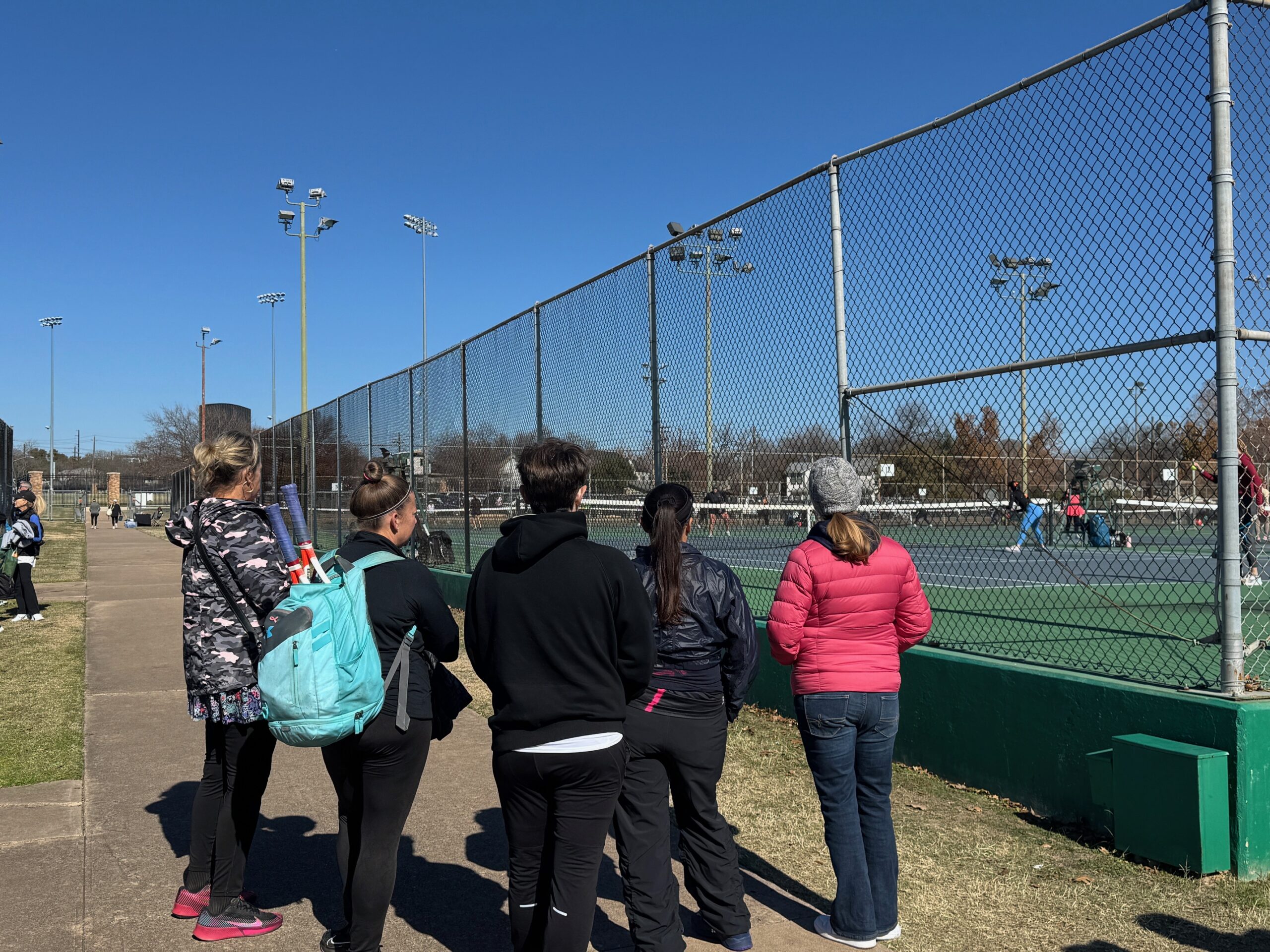Yesterday, I shared a relatively hot competitive tennis take: All players make errors on line calls from time to time. Today, I am turning my attention to another curious line-calling paradox in tennis that also deserves attention. Players generally see the ball more clearly when it lands on the other side of the net. That’s not hyperbole, but something I sincerely believe… under certain circumstances. It’s yet another one of those strange truths about the sport.
From personal experience, when the ball is on the other side of the net, the bounce is usually in the hitting player’s direct line of sight. That puts the ball’s trajectory into a clear visual angle. It’s often easier to see whether it landed in or out than when a ball bounces on the near side. When it’s that close, even a small misalignment of the eyes can skew perception. Additionally, the player closest to the ball is trying to hit it, which complicates everything. Ironically, distance can sometimes enhance clarity.
There’s also something to be said about the perspective of the player who hit the ball. For me, I intuitively know some of my shots are going out based on how they feel off the racquet. The close perspective of the exit angle often directly translates to a better visual on the landing spot, even from a distance. Following the flight path off the strings provides a better line-of-sight than someone reacting to the shot. The player on the receiving end, despite being physically closer to the bounce, doesn’t necessarily have a better view.
Of course, this principle breaks down completely for calls on the baseline. Balls that land deep in the court are extremely hard to judge from the other side of the net with any precision. That challenge is compounded when the shot is delivered with significant topspin. I contend that no player can see the far baseline clearly from their own baseline. As it turns out, that is where the most contentious calls typically arise.
I once had the experience of playing a tournament match against a close acquaintance when I felt like I wasn’t getting any benefit of the doubt on baseline balls. By the end of the match (that I won), I was pretty irritated. It was a humbling moment after it ended when the Trophy Husband informed me that he didn’t think my opponent made a single bad call. It was just one of those days when my shots were drifting deeper than I intended.
Human perception can be extraordinarily difficult on a tennis court. While I sincerely believe that most players do see some balls more clearly on the far side of the net, even that judgment isn’t infallible. In addition to giving your opponent the benefit of the doubt when calling lines on your own end, sportsmanship demands that some degree of grace be extended to the other side of the net.
At least, that’s what I try to tell myself.



